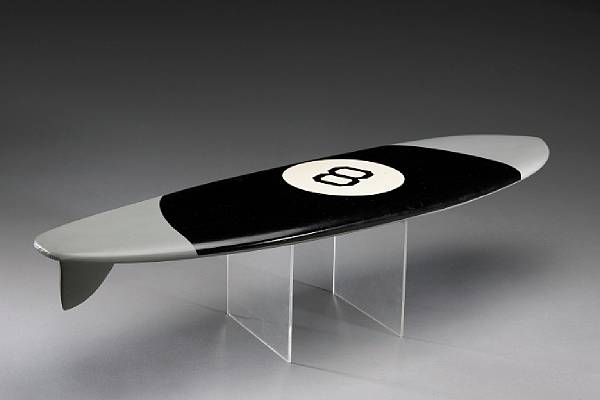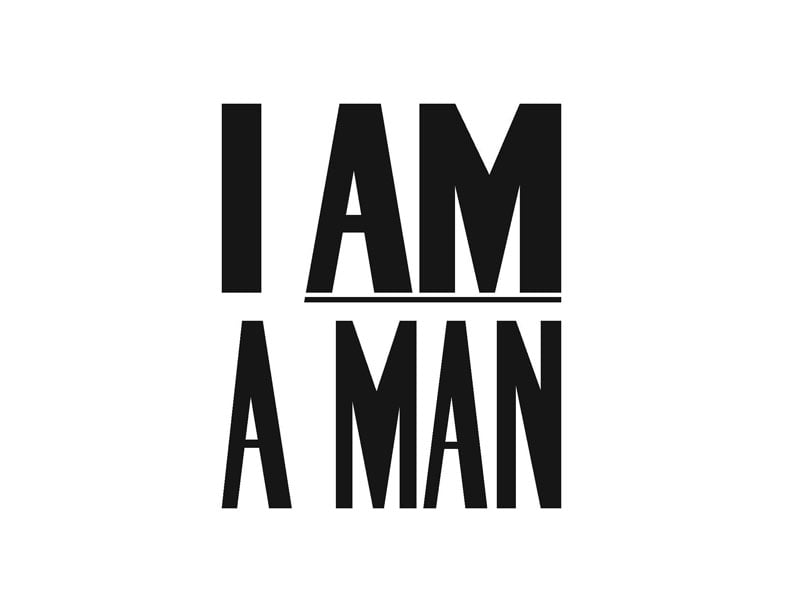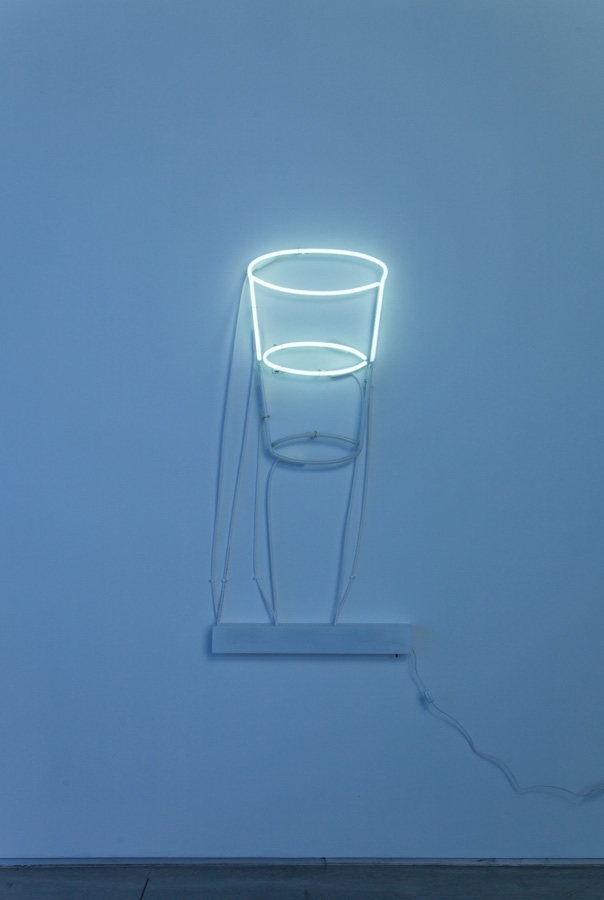Never Leave Home Without It
2007 - Film & Video (Film & Video)
Aaron Young
The artist describes the work as “very performative video-pieces but they take on a more sculptural feel. The action is simple: I kick a video camera through a site that is embedded with sociological elements, which I try to question through my practice. I chose Red Square as the site to work in Moscow. The square is interesting as a kind of high/low, new/old dichotomy of a new capitalist regime, with the most expensive World-brands of fashion, design and architecture creeping in like a drug that everyone is forced to take but hasn’t been tested long enough to know the effects. All of this is in direct opposition to an almost outdated value system represented by Lenin’s tomb across the road. After summing up this pyramid of power and history, having it laid out in a square where there can be a final point… me as an American here performing a very minimal, radical action of kicking a camera over time within those parameters. The camera breaks down within three to four minutes, creating a time-based situation: the image that is being recorded disappears kick after kick and visually erases all the embedded history, the politics… the finished work lends itself to a social/cultural amnesia that I find exists in this place.”
Aaron Young’s artworks rely on the aftereffects of dynamic, energetic, and sometimes even dangerous performances. He hires participants stereotyped as marginalized rebels, such as skateboarders and motorcycle riders, to perform various stunts in exhibition spaces on specially prepared platforms—such as the performance Arc Light for the exhibition, for what you are about to receive. Like Steven Parrino, Young uses destructive actions as generative force; the traces of his ephemeral acts are recorded as videos, drawings, sculptures, and photographs to constitute artistic artifacts.
Colors:
Related works featuring themes of: » Abstract Sculpture, » Americana, » Appropriation Art, » Color Photography, » American

© » KADIST
Lisa Oppenheim
2003The Damaged series by Lisa Oppenheim takes a series of selected photographs from the Chicago Daily News (1902 – 1933) as its source material...

© » KADIST
Juan Capistran
2002The Breaks reflects Capistran’s interests in sampling and fusing different cultural, social, and historical sources...

© » KADIST
Glenn Ligon
2000Glenn Ligon’s diptych, Condition Repor t is comprised of two side-by-side prints...

© » KADIST
Will Rogan
2014Will Rogan’s video Eraser (2014) shows a hearse parked in a clearing amidst leaf barren trees...

© » KADIST
Alexis Smith
1995In 8 Ball Surfboard (1995),Alexis Smith combines her long-term interests in California culture and conceptual assemblage...

© » KADIST
Hank Willis Thomas
2014South Africa Righteous Space by Hank Willis Thomas is concerned with history and identity, with the way race and ‘blackness’ has not only been informed but deliberately shaped and constructed by various forces – first through colonialism and slavery, and more recently through mass media and advertising – and reminds us of the financial and economic stakes that have always been involved in representations of race....

© » KADIST
Karl Haendel
2011Haendel’s series Knights (2011) is a set of impeccably drafted, nine-foot-tall pencil drawings depicting full suits of armor...

© » KADIST
Will Rogan
2010MUM , the acronym used to title a series of Rogan’s small interventions on found magazines, stands for “Magic Unity Might,” the name of a vintage trade magic publication...

© » KADIST
Mungo Thomson
2010In Thomson’s Untitled (TIME) , every front cover of TIME magazine is sequentially projected to scale at thirty frames per second...

© » KADIST
Douglas Gordon
2004Douglas Gordon’s single-channel video The Left Hand Can’t See That The Right Hand is Blind, captures an unfolding scene between two hands in leather gloves—at first seemingly comfortable to be entwined, and later, engaged in a struggle...

© » KADIST
Barry McGee
Barry McGee’s Untitled is a collection of roughly fifty, framed photographs, paintings, and text pieces clustered together in corner...

© » KADIST
Juan Capistran
2012The 10 $1 bills that make up From a Whisper to a Scream (2012) read like instructions in origami...

© » KADIST
Lisa Oppenheim
2003The Damaged series by Lisa Oppenheim takes a series of selected photographs from the Chicago Daily News (1902 – 1933) as its source material...

© » KADIST
Douglas Gordon
1996In Monster (1996-97), the artist’s face becomes grotesque through the application of strips of transparent adhesive tape, typical of Gordon’s performance-based films that often depict his own body in action...

© » KADIST
Hank Willis Thomas
2012Intentionally Left Blanc alludes to the technical process of its own (non)production; a procedure known as retro-reflective screen printing in which the image is only fully brought to life through its exposure to flash lighting...

© » KADIST
Hank Willis Thomas
2013The image is borrowed from protests during Civil Rights where African Americans in the south would carry signs with the same message to assert their rights against segregation and racism...




